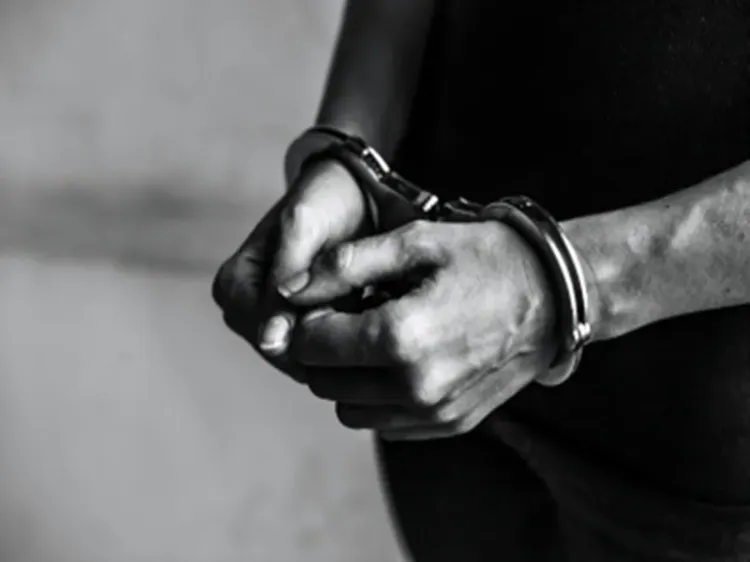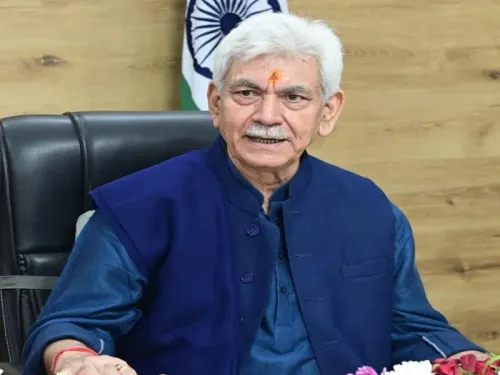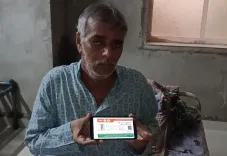Who is the Main Accused in the Damoh Foot-Washing Incident?

Synopsis
Key Takeaways
- Two individuals have been arrested in the Damoh incident.
- Social media significantly influenced public reaction and community tensions.
- The case illustrates ongoing caste-related challenges in India.
- Authorities urge responsible use of digital content.
- Community protests have called for stricter legal measures.
Bhopal, Oct 13 (NationPress) In a significant development, police authorities in Damoh district have apprehended the primary suspect along with an accomplice in a caste-related incident that has ignited widespread outrage throughout Madhya Pradesh.
This incident pertains to a young man from the Kushwaha community who was reportedly compelled to wash the feet of a Brahmin youth and subsequently consume the same water.
The event took place in Sataria village, falling under the jurisdiction of the Patera police station, and it garnered national attention after a video (unverified by IANS) of the act circulated widely on social media platforms.
The announcement of the arrests was made during a joint press briefing by Damoh Collector Sudhir Kochar and Superintendent of Police (SP) Shrutkirti Somvanshi.
Officials confirmed that two of the four individuals implicated under various sections of the Bharatiya Nyaya Samhita have been detained, while the identities of two others remain unknown.
The apprehended individuals are the main suspect Annu and his accomplice, as stated by the superintendent of police.
Law enforcement teams are actively pursuing the remaining suspects, and administrative forces have been dispatched to the village to uphold peace and order.
The controversy was sparked when the village of Sataria collectively decided to impose a ban on alcohol. Anuj alias Annu Pandey, a youth from the Brahmin community, was allegedly caught breaching this ban.
In the aftermath, Purushottam Kushwaha, the victim in the foot-washing incident, reportedly created and shared a video along with an AI-generated image of Pandey adorned with a garland of shoes.
This post incited outrage among the Brahmin community, leading to a village panchayat in which Purushottam was allegedly coerced into washing Pandey’s feet, drinking the water, and paying a penalty of Rs 5,100.
The act was recorded and disseminated widely online. Although the authenticity of the video is yet to be verified, officials acknowledged that AI-generated content contributed to the escalation of tensions.
District Collector Sudhir Kochar urged citizens to exercise caution when using social media, cautioning that manipulated digital content has the potential to disrupt social harmony.
Protests erupted at the SP office, spearheaded by members of the Kushwaha and other backward class communities, who demanded more stringent legal measures.
In response, police assured that supplementary charges would be evaluated.
Meanwhile, Annu Pandey defended the incident, asserting that the actions taken were voluntary on Purushottam's part and stemmed from a guru-disciple relationship. He expressed regret to the OBC community and requested that the matter not be politicized. Purushottam echoed similar thoughts, indicating he acted out of respect and urged authorities to refrain from pursuing legal action against him.
As investigations proceed, this incident underscores the volatile intersection of caste dynamics, digital media, and community relations in rural India.









